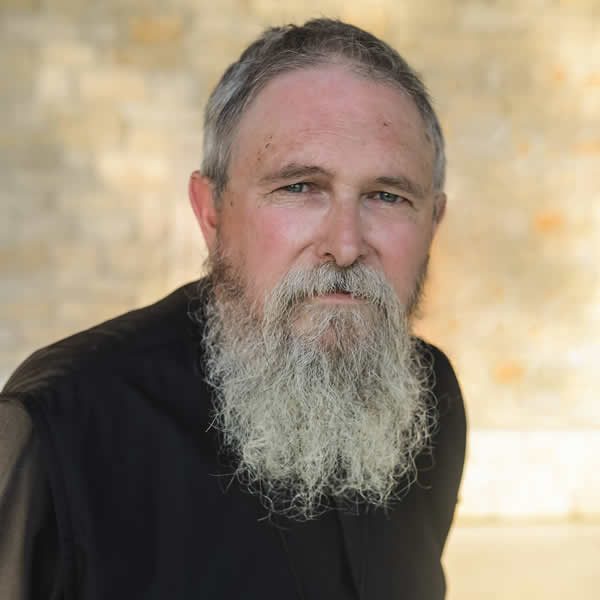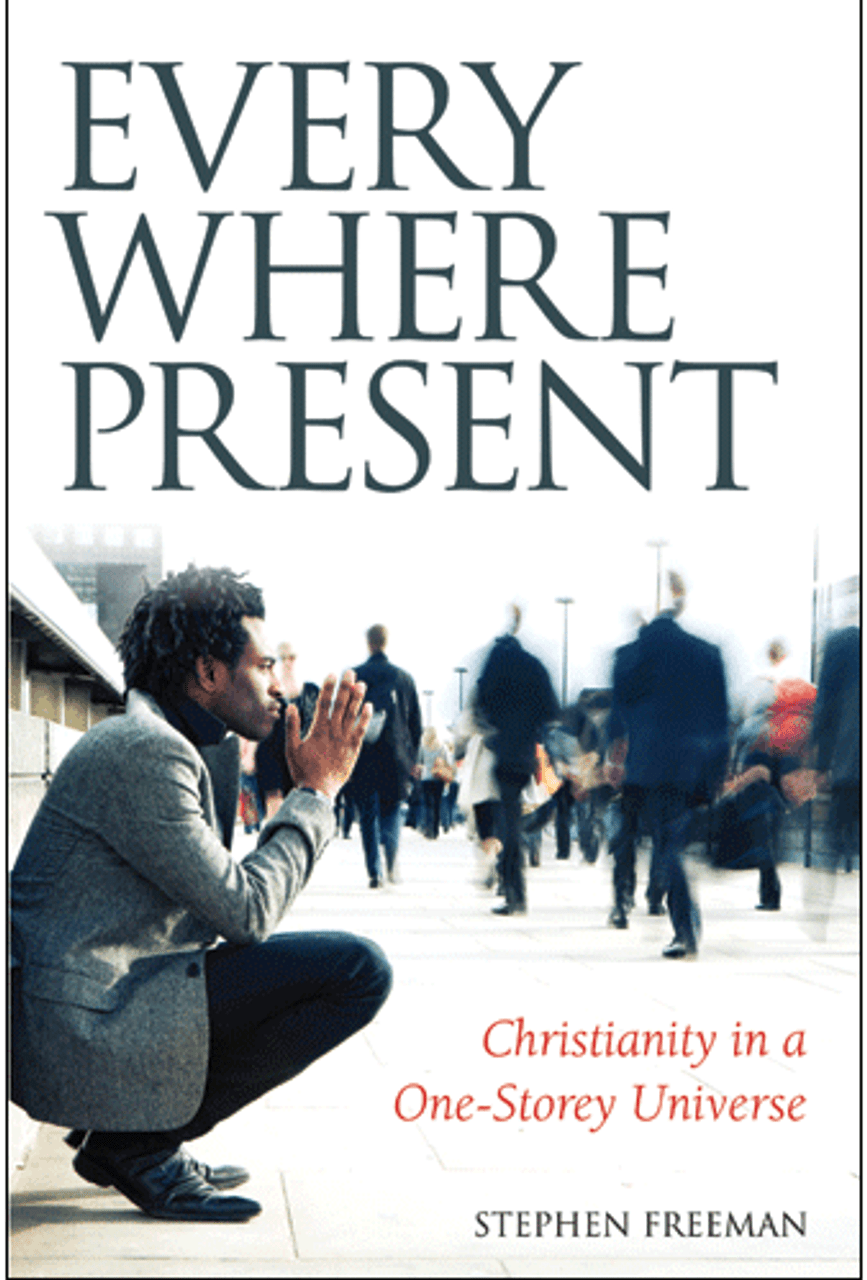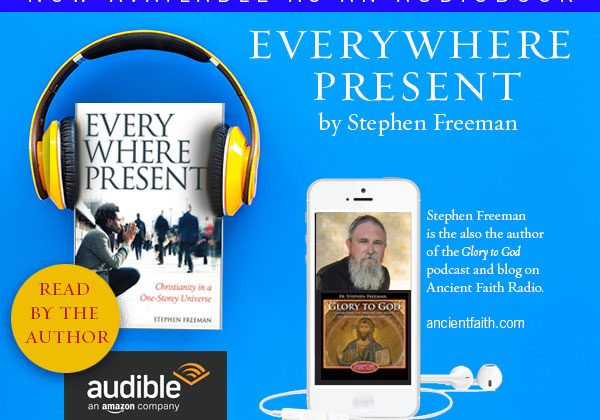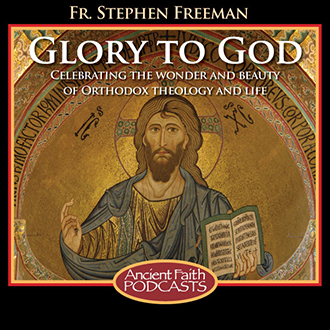
Christ’s words from the Cross to St. John, “Behold your mother,” are both an intimate whisper of a son’s care for his most beloved as well as a cosmic directive to the whole of humanity and creation. This woman is Woman – and her significance abides and will not fade. She points us towards the deepest realities of what it means to be human and, in doing so, points us towards the path of true salvation. It is a comment on our times that merely being human, truly human, is a singular moment of spiritual greatness.
Although Orthodoxy teaches that the goal of the spiritual life is theosis, union with God, such a union does not represent the loss of our humanity. Rather, it entails its fulfillment. We say of Christ that He is fully God and fully man. Our own path to theosis is not found beyond our humanity, but within it. As we have become fascinated with the power and potential of our technology, we even imagine such things as the marriage of humanity and technology – that which some describe as transhumanism – humanity as whatever we might re-imagine.
That our salvation is birthed into our midst, in the flesh of Jesus Christ, is a radical statement in our modern context. Christ does not represent the intervention of extra-human technology. He is bone of Mary’s bone, flesh of Mary’s flesh. His human nature is our human nature, of His mother just as our human nature is of our human parents.
Our modern conversation surrounding human sexuality is emotionally and historically complex. It is nonetheless the case that with the advent of hormonal birth-control and the widespread use of clinical abortion, the conversation took on new contours. The meaning of male and female (at least our discussions of them) has become increasingly divorced from our bodies and the inherent necessities that they impose. It is as though a child set out to color a picture of a man and a woman, but the coloring book offered no outline or drawing – just a blank page. We have directed our technology against nature itself.
As a young, pubescent boy, I had pretty much no guidance or instruction in the mysteries of male and female – and I suspect that I was little different from other boys of that time. The same could not have been said of girls – nature makes difficult, unyielding demands of them that cannot be ignored. But such was the uneven character of the conversation – nature was treated as a woman’s burden rather than a man’s.
My life changed with marriage, an agreement to enter into the burden of nature and all that it brings. As technology has morphed, marriage (like nature itself), has become a “lifestyle choice” – perhaps we color in children, perhaps not.
Of course, nature cannot ultimately be ignored – all of us die. The risk of disease and accident haunt us at every turn. The enfleshment of God (the Incarnation of Christ) was, from its very beginning, a marriage to our nature and all of its vulnerability. That is ultimately shown forth in Christ’s death on the Cross. The death that is ours He made to be His own.
There are those who imagine that a transhumanist approach can overcome even death. I can only assume an extended torture to be the result of such efforts. It is a dream that is nothing more than a symptom of our ongoing war with our own nature.
The Roman poet, Horace, observed:
“Naturam expellas furca, tamen usque recurret
et mala perrumpet furtim fastidia victrix.You may drive out Nature with a pitchfork, yet she will ever hurry back,
and, ere you know it, will burst through your foolish contempt in triumph.― Horace, The Epistles, LX
Those words, written from the perspective of an ancient farmer-poet, are equally applicable to lives of human beings. As brilliant and creative as we might be, we cannot triumph over nature itself – the very boundary of our existence.
The story of our redemption, our deliverance from death through death, is intimately bound up with the person and life of Mary, the Theotokos (birth-giver of God). Although we rightly honor her virginity and her sinless life, neither of these are meant to exempt her from human nature (or nature) itself. This virgin conceives a child by the Holy Spirit. However, that conception (and its unfathomable virginal mystery) is still a pregnancy like any other. She knew its weight, its heaviness within her, the movements of the child within, perhaps some level of morning sickness, and certainly all of the discomfort that is natural for all women (I speak in awe).
And each of these things, including the birth-giving in Bethlehem, are, from the very beginning, of a piece with the “sword that will pierce your own soul” (Luke 2:35). Mary received the whole of that sacrifice at the word of the Archangel Gabriel with the acquiescence, “Behold the handmaid of the Lord. Be it done unto me according to your word.” (Luke 1:38) Some 33 years later she could, in hindsight, have said, “I am crucified with Christ, nevertheless I live.” (Gal. 2:20) They have the same meaning.
And this same meaning is that into which we are all born: our common human nature. A nature that might have once been described as broken, or inherently limited, is now cruciform, for the Crucified made it His own. The perceived “luxury” of transhumanism (impossible without drugs, insurance, and a measure of violence) is a first-world phenomenon. It is not and cannot be self-sustaining, for it is not natural. The culture in which we live is, increasingly, a witness to nature’s return, sweeping away our foolish contempt.
It is right (truly meet) to stop and stand before the Mother of God, the mother of us all, who, like every mother, bore the burden of our nature in order to give birth and new life. The New Life born of her is her salvation and ours as well. We will not find Him apart from that humble beginning, nor can we find Him outside our own humility.
It is truly meet to bless you, O Theotokos!
Ever-blessed and most pure and the mother of our God,
More honorable than the cherubim
And more glorious beyond compare than the seraphim,
Without corruption you gave birth to God the Word,
True Theotokos, we magnify you!






Leave a Reply